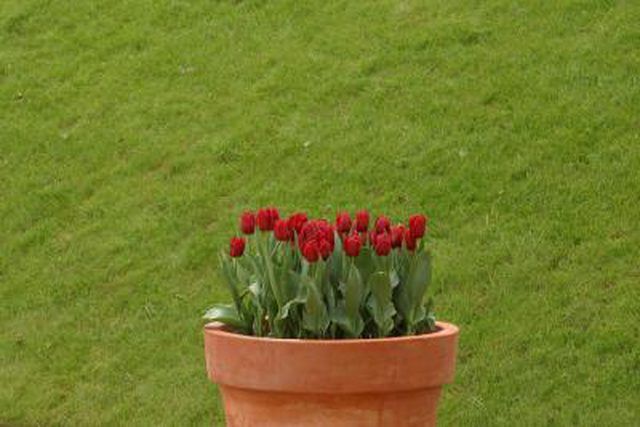Bulbs
Flower Basics
Flower Beds & Specialty Gardens
Flower Garden
Garden Furniture
Garden Gnomes
Garden Seeds
Garden Sheds
Garden Statues
Garden Tools & Supplies
Gardening Basics
Green & Organic
Groundcovers & Vines
Growing Annuals
Growing Basil
Growing Beans
Growing Berries
Growing Blueberries
Growing Cactus
Growing Corn
Growing Cotton
Growing Edibles
Growing Flowers
Growing Garlic
Growing Grapes
Growing Grass
Growing Herbs
Growing Jasmine
Growing Mint
Growing Mushrooms
Orchids
Growing Peanuts
Growing Perennials
Growing Plants
Growing Rosemary
Growing Roses
Growing Strawberries
Growing Sunflowers
Growing Thyme
Growing Tomatoes
Growing Tulips
Growing Vegetables
Herb Basics
Herb Garden
Indoor Growing
Landscaping Basics
Landscaping Patios
Landscaping Plants
Landscaping Shrubs
Landscaping Trees
Landscaping Walks & Pathways
Lawn Basics
Lawn Maintenance
Lawn Mowers
Lawn Ornaments
Lawn Planting
Lawn Tools
Outdoor Growing
Overall Landscape Planning
Pests, Weeds & Problems
Plant Basics
Rock Garden
Rose Garden
Shrubs
Soil
Specialty Gardens
Trees
Vegetable Garden
Yard Maintenance
How to Make the Outside of Pots Look New
How to Make the Outside of Pots Look New. You can buy new plant pots, or you can simply upgrade the ones you have. Most plant pots are made of either clay or plastic, two mediums that lend themselves well to reuse. Because old pots can harbor pathogenic organisms, always start the upgrading process with a good bath that kills diseases and refreshes...

You can buy new plant pots, or you can simply upgrade the ones you have. Most plant pots are made of either clay or plastic, two mediums that lend themselves well to reuse. Because old pots can harbor pathogenic organisms, always start the upgrading process with a good bath that kills diseases and refreshes the pots' outside surface. You donít have to stop there, though. If you feel creative, you could decorate your pots as well.
Things You'll Need
Small brush (optional)
Knife (optional)
3 tubs, buckets or sinks
Household bleach
Plastic gloves
Dish-washing detergent
Watch or timer
Steel wool (optional)
Scrubbing sponge or scouring pad (optional)
Craft-store cement (optional)
Mosaic tiles (optional)
Paint primer formulated for plastic or clay
Spray paint (optional)
Yogurt (optional)
Gather the clay and/or plastic plant pots you wish to clean. Clay pots include terracotta pots. Wipe dirt, spider webs and other debris from the pots by using your hands or a small brush. Scrape off deposits accumulated on the inside and outside of the pots. Using a knife may be necessary for that task.
Mix one part household bleach with nine parts lukewarm water in a tub, bucket or sink, using plastic gloves to handle the bleach and bleach-water solution. Put one or two drops of dish-washing detergent in a separate tub, bucket or sink, and add water to that container. Mix the detergent in the container with the water. If the water does not become sudsy, then add more dish-washing detergent. Fill a third tub, bucket or sink with clean, cool water.
Soak your pots in the bleach-water solution for at least 10 minutes. Transfer the pots to the dish-washing detergent-water solution, and remove all mineral deposits and other debris from the pots. Scrub clay pots with steel wool or scrape them with a knife if necessary to remove the debris, and use a scrubbing sponge or scouring pad on plastic pots if necessary to remove their debris.
Rinse the pots in the third container's water. Allow the pots to dry.
Decorate your pots if you desire. Use craft-store cement and broken or store-bought mosaic tiles, for example. Another option is to apply a primer appropriate for plastic or clay, depending on the pots' material, and spray paint the outside of the pots. Alternatively, smear yogurt on the outside of the pots, and let them dry outdoors for at least one week, until they take on a whitish, aged appearance.
Tips & Warnings
In order to reduce the moisture-wicking effects of dry clay, leave undecorated clay pots soaking in water until you plant in them. Donít worry about soaking pots that are plastic, which holds moisture well.